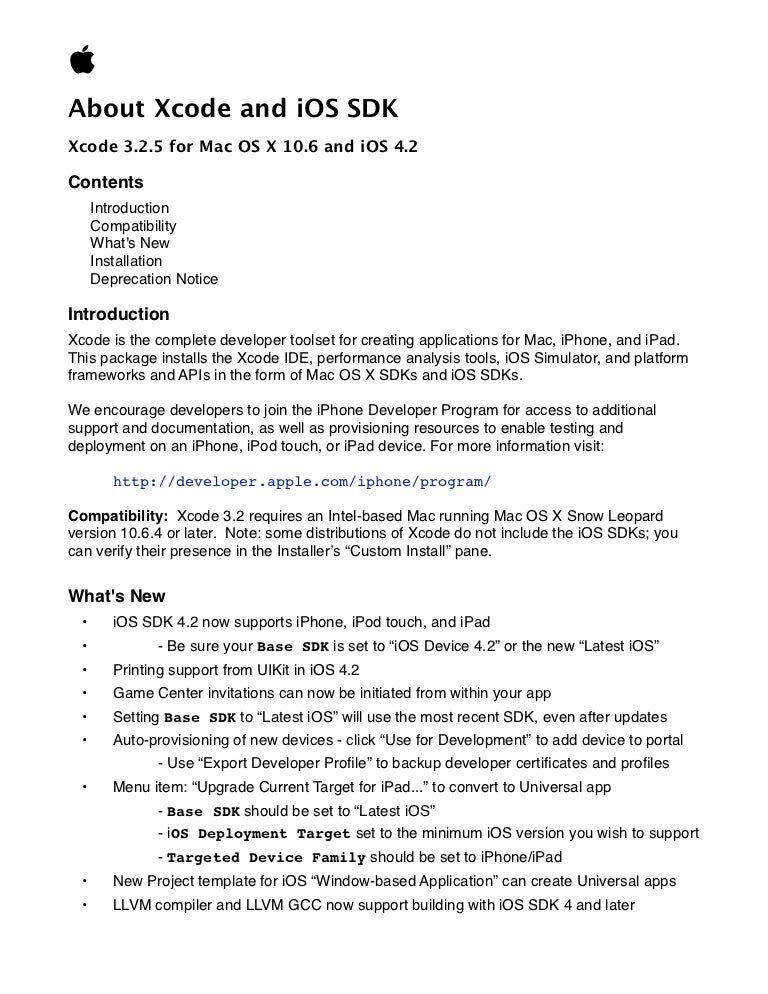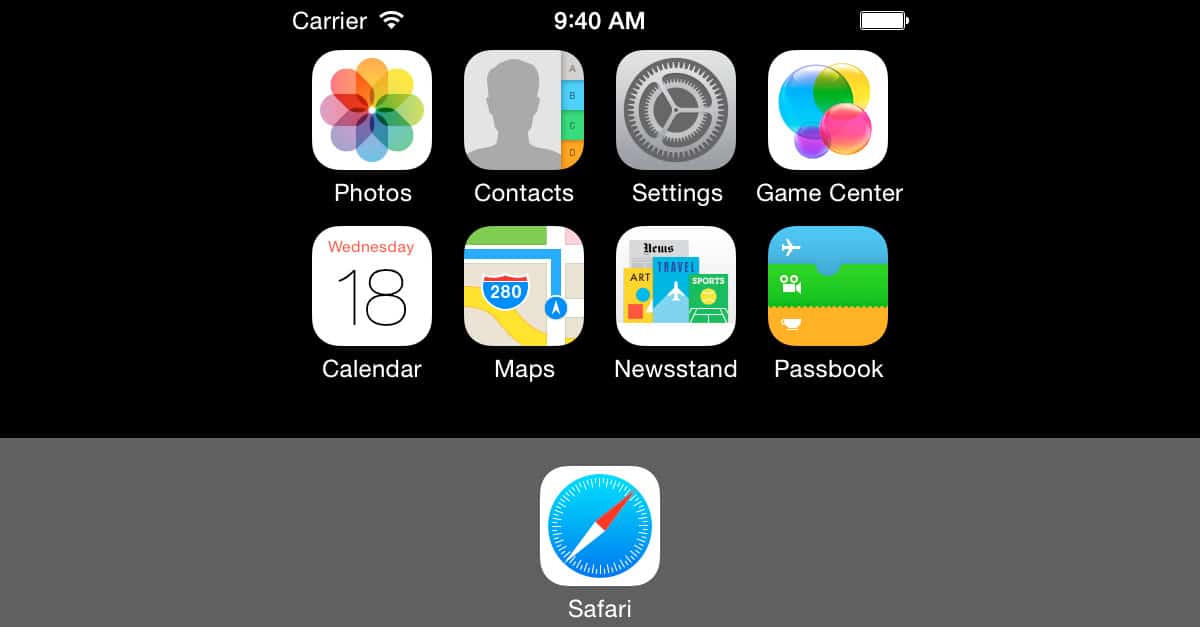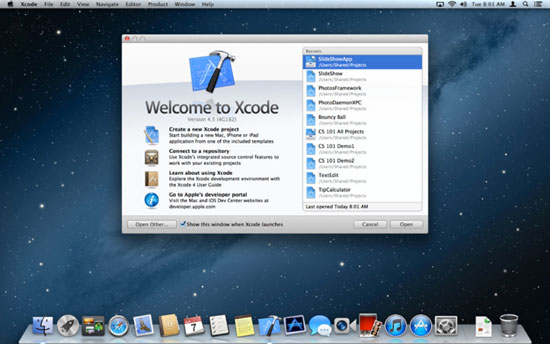
- CREATE EMULATOR OF MAC OS X TO XCODE APPLE APP INSTALL
- CREATE EMULATOR OF MAC OS X TO XCODE APPLE APP ANDROID
- CREATE EMULATOR OF MAC OS X TO XCODE APPLE APP SOFTWARE
It’s free to download from the App Store and can be used for most of the development process, including creating the user interface, writing code, compiling it, and then testing and debugging. It supports source code for the most popular languages, including Apple’s own Swift, C, C++, Objective-C, Objective-C++, Java, AppleScript, Python, and Ruby.
CREATE EMULATOR OF MAC OS X TO XCODE APPLE APP SOFTWARE
Xcode is Apple’s integrated development environment (IDE) for creating software for macOS, iOS, iPad IOS, and tvOS. In this article, we’ll answer that question and also tell you what you can do to reduce the amount of space it takes up.
CREATE EMULATOR OF MAC OS X TO XCODE APPLE APP INSTALL
Or maybe you’ve tried to download it and got an error telling you that you don’t have enough space to install it and can’t work out why Xcode is so big. If you’ve installed Xcode on your Mac and only just discovered how much space it’s taking up on your boot drive, you may be wondering why it’s so large. But to help you do it all by yourself, we’ve gathered our best ideas and solutions below.įeatures described in this article refer to the MacPaw site version of CleanMyMac X.

React Native will automatically detect the open emulator and will build and launch the app.So here's a tip for you: Download CleanMyMac to quickly solve some of the issues mentioned in this article.

Then, with the emulator open and unlocked, run react-native run-android.
CREATE EMULATOR OF MAC OS X TO XCODE APPLE APP ANDROID
To run the app on Android, first, open the Android emulator of your choice. You can open that Xcode project, select the simulator you want to use, and then click the play button to run the app. Alternatively, you can open the project folder in Finder, navigate to the iOS directory, and there you'll find the underlying Xcode project for the app. First, you could specify a simulator to the React Native run-ios command by setting the -simulator flag. React Native picks the default iOS simulator, but you can switch that in two different ways. Once everything is finished, the default app is running. Leave this command window open as you're developing because it will build and rebuild the JavaScript portion of the app. As the app is launching, a new command window called the metro bundler or the packager will launch. This can take quite a while the first time you run the app, but it will be faster after the first time. The simulator will start automatically, and the app will build and launch.

Then run the app in the iOS simulator with react-native run-ios.

Once the app is created, CD into the new app directory. You can also change this name later before you distribute the app. Note that the app name must be alphanumeric only and can't contain spaces. We'll make an app to review restaurants. Instructor: After installing the React Native CLI and Xcode if you're running iOS or the Android dependencies if you want to run Android, create a new React Native project by running react-native init and the name of your project.


 0 kommentar(er)
0 kommentar(er)
